-
 Bitcoin
Bitcoin $108,165.4587
0.78% -
 Ethereum
Ethereum $2,456.3517
1.15% -
 Tether USDt
Tether USDt $1.0003
0.00% -
 XRP
XRP $2.1934
0.05% -
 BNB
BNB $650.0935
0.52% -
 Solana
Solana $151.3905
2.69% -
 USDC
USDC $0.9998
0.00% -
 TRON
TRON $0.2751
-0.32% -
 Dogecoin
Dogecoin $0.1640
0.87% -
 Cardano
Cardano $0.5631
0.57% -
 Hyperliquid
Hyperliquid $38.7115
4.69% -
 Bitcoin Cash
Bitcoin Cash $493.1868
-0.39% -
 Sui
Sui $2.8217
3.61% -
 Chainlink
Chainlink $13.3994
2.08% -
 UNUS SED LEO
UNUS SED LEO $9.1632
0.94% -
 Avalanche
Avalanche $18.0318
1.97% -
 Stellar
Stellar $0.2388
0.35% -
 Toncoin
Toncoin $2.8763
1.41% -
 Shiba Inu
Shiba Inu $0.0...01160
1.59% -
 Litecoin
Litecoin $86.6393
1.29% -
 Hedera
Hedera $0.1485
0.16% -
 Monero
Monero $315.7948
1.56% -
 Polkadot
Polkadot $3.4240
1.88% -
 Bitget Token
Bitget Token $4.6314
-0.44% -
 Dai
Dai $0.9998
-0.01% -
 Ethena USDe
Ethena USDe $1.0002
-0.01% -
 Uniswap
Uniswap $7.2110
2.59% -
 Aave
Aave $270.6087
6.07% -
 Pi
Pi $0.5350
0.52% -
 Pepe
Pepe $0.0...09545
1.26%
How to calculate Coinbase fees? Practical suggestions for cost saving
To minimize Coinbase fees, use Coinbase Pro, opt for bank transfers, batch transactions, and stay informed about fee structures and network congestion.
May 08, 2025 at 12:07 pm

Understanding and calculating Coinbase fees is crucial for anyone involved in cryptocurrency transactions. Coinbase, one of the largest cryptocurrency exchanges, charges various types of fees that can impact the overall cost of trading. In this article, we will delve into how to calculate these fees and provide practical suggestions for saving on costs.
Understanding Coinbase Fee Structure
Coinbase's fee structure is multifaceted, comprising several types of fees depending on the service used. The primary fees include trading fees, withdrawal fees, and deposit fees. It's essential to understand each of these to accurately calculate the total cost of your transactions.
Trading Fees: These are charged when you buy or sell cryptocurrencies on Coinbase. The fees vary based on the payment method, the size of the transaction, and whether you are using Coinbase's standard trading platform or Coinbase Pro.
Withdrawal Fees: These are fees charged when you move your cryptocurrencies from Coinbase to another wallet or exchange. The amount depends on the type of cryptocurrency and the network fees at the time of withdrawal.
Deposit Fees: While Coinbase does not charge fees for depositing cryptocurrencies, there may be fees associated with depositing fiat currencies, depending on the method used.
Calculating Trading Fees on Coinbase
To calculate trading fees on Coinbase, you need to consider the following factors:
Payment Method: Using a bank account or a debit card incurs different fees. For example, a bank account transfer might have a fee of around 1.49%, while a debit card might have a fee of 3.99%.
Transaction Size: Coinbase uses a tiered fee structure for larger transactions. The larger the transaction, the lower the fee percentage. For example, transactions under $10 might have a fee of 0.50%, while transactions over $200 might have a fee of 1.49%.
Coinbase Pro vs. Standard: Coinbase Pro offers lower fees compared to the standard platform. For instance, maker fees on Coinbase Pro can be as low as 0.00%, while taker fees can be around 0.04% to 0.50%.
Here’s how you can calculate your trading fee:
- Determine the payment method you are using.
- Check the fee percentage based on the transaction size.
- Multiply the transaction amount by the fee percentage to get the fee amount.
For example, if you are buying $100 worth of Bitcoin using a bank account, the fee would be $100 1.49% = $1.49.
Calculating Withdrawal Fees
Withdrawal fees on Coinbase vary depending on the cryptocurrency. Here’s how to calculate them:
Identify the Cryptocurrency: Different cryptocurrencies have different withdrawal fees. For example, withdrawing Bitcoin might cost around $1.50, while withdrawing Ethereum might cost around $0.10.
Check the Current Network Fees: Coinbase passes on the network fees to the user. These fees can fluctuate based on the congestion of the blockchain.
Calculate the Total Fee: Add the Coinbase withdrawal fee to the current network fee.
For instance, if you are withdrawing Bitcoin and the Coinbase fee is $1.50, and the current network fee is $0.50, your total withdrawal fee would be $1.50 + $0.50 = $2.00.
Calculating Deposit Fees
Coinbase does not charge fees for depositing cryptocurrencies. However, depositing fiat currencies might incur fees depending on the method used:
- Bank Account: Typically, there are no fees for depositing via a bank account.
- Debit Card: There might be a fee for depositing via a debit card, which can range from 1.49% to 3.99%.
To calculate deposit fees, simply multiply the deposit amount by the fee percentage if applicable. For example, if you deposit $100 via a debit card with a 3.99% fee, the fee would be $100 3.99% = $3.99.
Practical Suggestions for Cost Saving
To minimize the fees you pay on Coinbase, consider the following strategies:
Use Coinbase Pro: Coinbase Pro offers significantly lower trading fees. If you are an active trader, switching to Coinbase Pro can save you a considerable amount in fees.
Optimize Payment Methods: Use a bank account for transactions whenever possible, as it generally incurs the lowest fees. Avoid using debit cards for large transactions due to higher fees.
Batch Transactions: Combine multiple small transactions into one larger transaction to benefit from lower fee percentages. For example, instead of buying $50 worth of Bitcoin five times, buy $250 worth in one transaction.
Monitor Withdrawal Fees: Before withdrawing cryptocurrencies, check the current network fees and consider waiting for a period of lower congestion if the fees are high.
Use Limit Orders: On Coinbase Pro, using limit orders can help you save on fees by allowing you to act as a maker rather than a taker, which incurs lower fees.
Stay Informed: Regularly check Coinbase's fee structure and any updates to ensure you are always using the most cost-effective methods.
FAQs
Q: Can I avoid Coinbase fees entirely?
A: While it's not possible to avoid all fees, you can minimize them by using Coinbase Pro, optimizing your payment methods, and batching your transactions.
Q: Do Coinbase fees change frequently?
A: Coinbase fees can change, so it's important to stay updated on their fee structure. They might adjust fees based on market conditions or to remain competitive.
Q: Is it worth using Coinbase Pro if I'm not an active trader?
A: Even if you're not an active trader, using Coinbase Pro can be beneficial due to its lower fees. If you plan to make even a few transactions, the savings can be significant.
Q: Are there any hidden fees on Coinbase?
A: Coinbase is transparent about its fees, but it's essential to read the fine print and understand all potential charges, including network fees for withdrawals.
Disclaimer:info@kdj.com
The information provided is not trading advice. kdj.com does not assume any responsibility for any investments made based on the information provided in this article. Cryptocurrencies are highly volatile and it is highly recommended that you invest with caution after thorough research!
If you believe that the content used on this website infringes your copyright, please contact us immediately (info@kdj.com) and we will delete it promptly.
- South Korea, Crypto, and Global Markets: Riding the Digital Wave to New Highs
- 2025-06-29 20:50:12
- Bitcoin Eyes $108K: Will Trump's Nod Push BTC to a New All-Time High?
- 2025-06-29 21:10:12
- Pengu Pumps: Bullish Flags and Whale Wallets Fuel the Fire!
- 2025-06-29 21:10:12
- XRP to $20,000? Crypto Developers Eyeing Ripple's Potential
- 2025-06-29 21:15:12
- Sui's DeFi Lending Landscape: Suilend Leading the Charge
- 2025-06-29 21:30:12
- Bitcoin Whale Goes Long: Will the Bitcoin Price Follow?
- 2025-06-29 21:30:12
Related knowledge
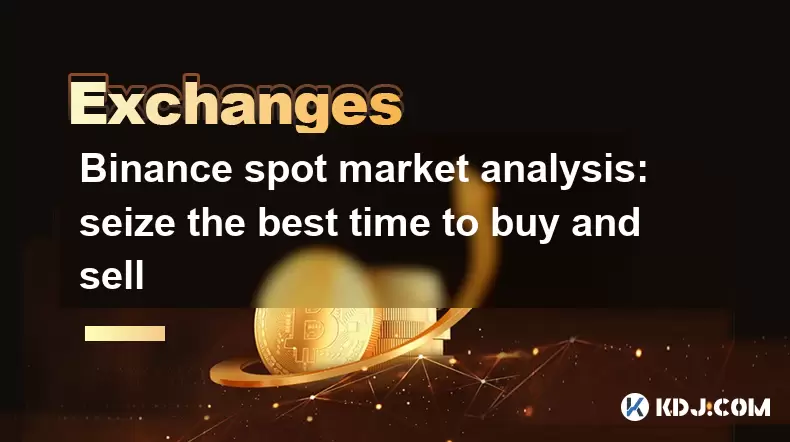
Binance spot market analysis: seize the best time to buy and sell
Jun 19,2025 at 04:56pm
Understanding the Binance Spot MarketThe Binance spot market is one of the most popular platforms for cryptocurrency trading globally. It allows users to trade digital assets at current market prices, making it essential for traders aiming to buy low and sell high. Unlike futures or margin trading, spot trading involves direct ownership of the asset aft...
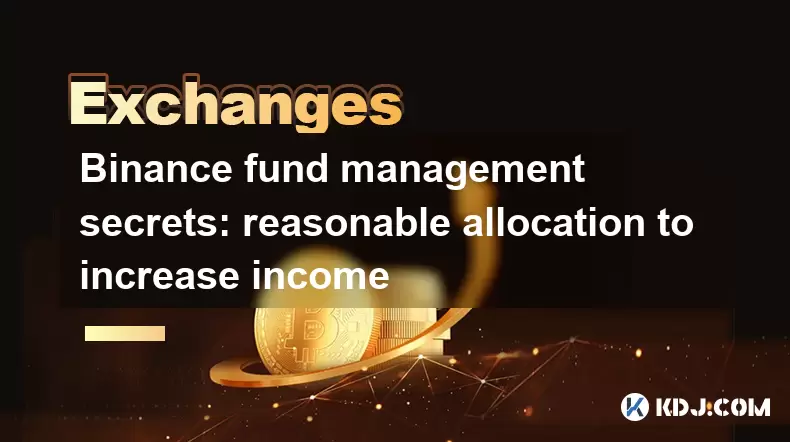
Binance fund management secrets: reasonable allocation to increase income
Jun 22,2025 at 02:29pm
Understanding Binance Fund ManagementBinance fund management involves strategic allocation of your cryptocurrency assets to optimize returns while managing risk. The key to successful fund management lies in understanding how different investment options on the Binance platform can be utilized to create a diversified portfolio. This includes spot tradin...

Binance trading pair selection skills: find the best buying and selling combination
Jun 23,2025 at 02:49am
Understanding the Basics of Trading Pairs on BinanceBefore diving into trading pair selection skills, it's essential to understand what a trading pair is. On Binance, a trading pair refers to two cryptocurrencies that can be traded against each other. For example, BTC/USDT means Bitcoin is being traded against Tether. Each trading pair has its own liqui...
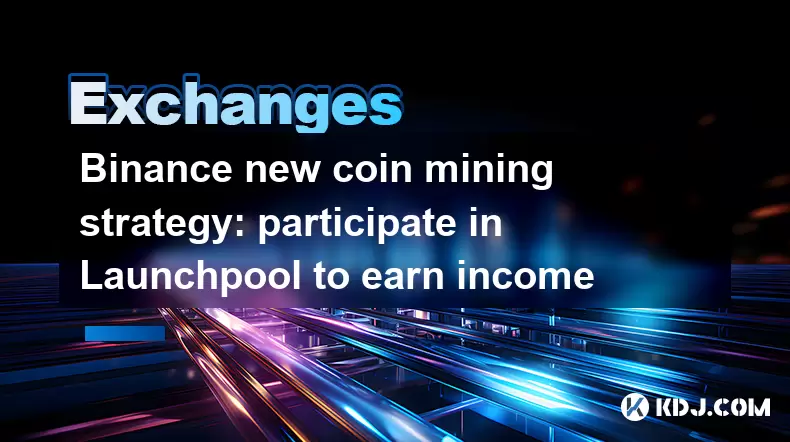
Binance new coin mining strategy: participate in Launchpool to earn income
Jun 23,2025 at 11:56am
What is Binance Launchpool and how does it work?Binance Launchpool is a feature introduced by the world’s largest cryptocurrency exchange, Binance, to allow users to earn new tokens through staking. This platform enables users to stake their existing cryptocurrencies (such as BNB, BUSD, or other supported assets) in exchange for newly launched tokens. T...
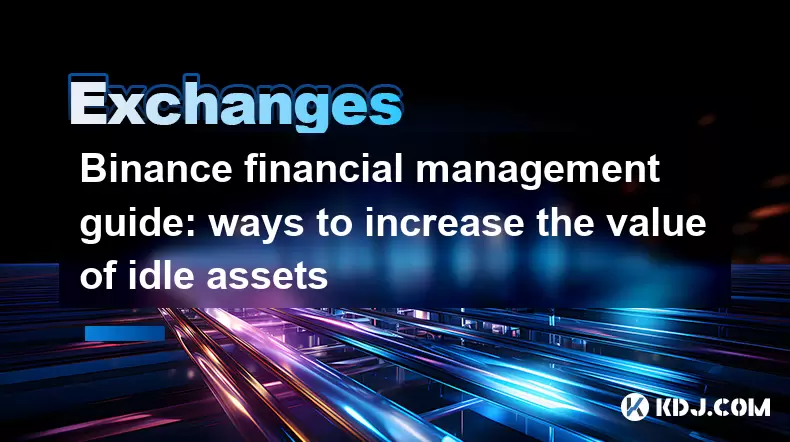
Binance financial management guide: ways to increase the value of idle assets
Jun 19,2025 at 11:22pm
Understanding Idle Assets in the Cryptocurrency SpaceIn the fast-paced world of cryptocurrency, idle assets refer to digital currencies that are not actively being used for trading, staking, or yield farming. Holding these funds in a wallet without utilizing them means missing out on potential growth opportunities. Binance, as one of the leading platfor...
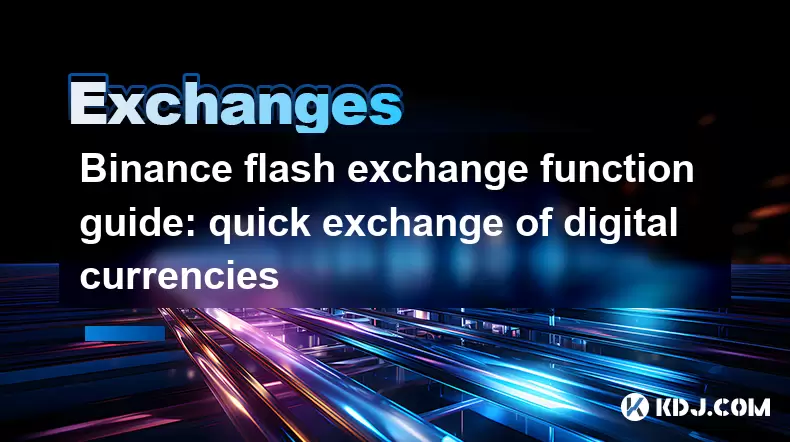
Binance flash exchange function guide: quick exchange of digital currencies
Jun 23,2025 at 12:29pm
What is the Binance Flash Exchange Function?The Binance Flash Exchange function is a powerful tool designed to allow users to instantly swap between supported cryptocurrencies without the need for placing traditional buy/sell orders. This feature simplifies the trading process by offering a direct exchange mechanism, eliminating the requirement to conve...

Binance spot market analysis: seize the best time to buy and sell
Jun 19,2025 at 04:56pm
Understanding the Binance Spot MarketThe Binance spot market is one of the most popular platforms for cryptocurrency trading globally. It allows users to trade digital assets at current market prices, making it essential for traders aiming to buy low and sell high. Unlike futures or margin trading, spot trading involves direct ownership of the asset aft...

Binance fund management secrets: reasonable allocation to increase income
Jun 22,2025 at 02:29pm
Understanding Binance Fund ManagementBinance fund management involves strategic allocation of your cryptocurrency assets to optimize returns while managing risk. The key to successful fund management lies in understanding how different investment options on the Binance platform can be utilized to create a diversified portfolio. This includes spot tradin...

Binance trading pair selection skills: find the best buying and selling combination
Jun 23,2025 at 02:49am
Understanding the Basics of Trading Pairs on BinanceBefore diving into trading pair selection skills, it's essential to understand what a trading pair is. On Binance, a trading pair refers to two cryptocurrencies that can be traded against each other. For example, BTC/USDT means Bitcoin is being traded against Tether. Each trading pair has its own liqui...

Binance new coin mining strategy: participate in Launchpool to earn income
Jun 23,2025 at 11:56am
What is Binance Launchpool and how does it work?Binance Launchpool is a feature introduced by the world’s largest cryptocurrency exchange, Binance, to allow users to earn new tokens through staking. This platform enables users to stake their existing cryptocurrencies (such as BNB, BUSD, or other supported assets) in exchange for newly launched tokens. T...

Binance financial management guide: ways to increase the value of idle assets
Jun 19,2025 at 11:22pm
Understanding Idle Assets in the Cryptocurrency SpaceIn the fast-paced world of cryptocurrency, idle assets refer to digital currencies that are not actively being used for trading, staking, or yield farming. Holding these funds in a wallet without utilizing them means missing out on potential growth opportunities. Binance, as one of the leading platfor...

Binance flash exchange function guide: quick exchange of digital currencies
Jun 23,2025 at 12:29pm
What is the Binance Flash Exchange Function?The Binance Flash Exchange function is a powerful tool designed to allow users to instantly swap between supported cryptocurrencies without the need for placing traditional buy/sell orders. This feature simplifies the trading process by offering a direct exchange mechanism, eliminating the requirement to conve...
See all articles























































































